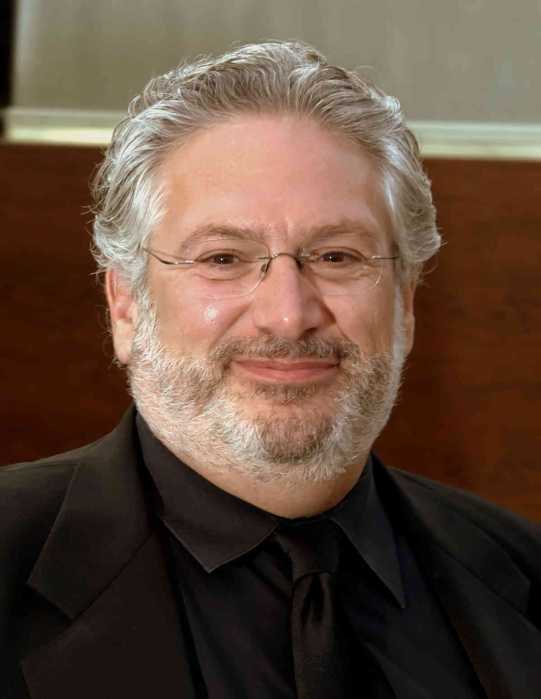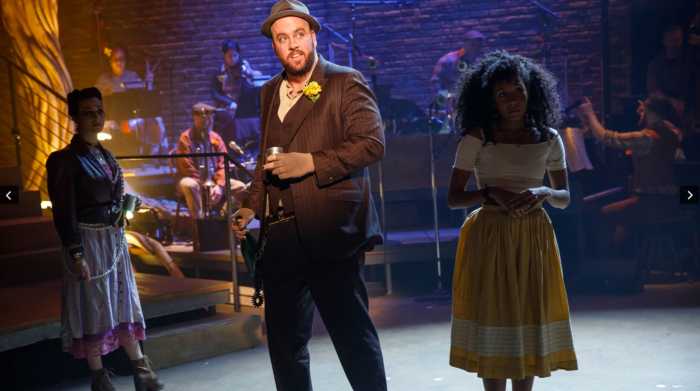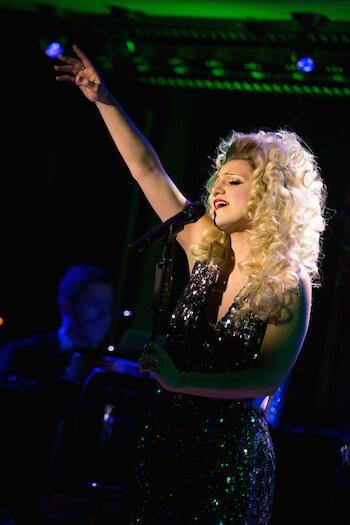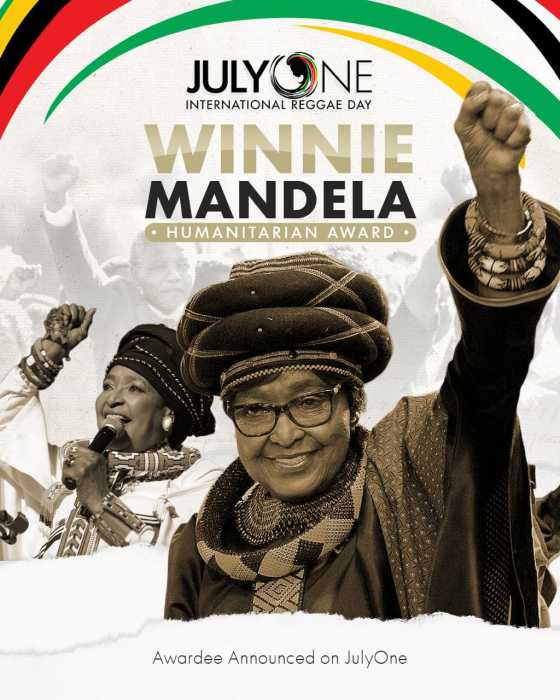It’s Oscar time again and, with it, red carpet fashion fever, and an intense focus on who’s wearing what. Someone who has long been a serious champion of fashions we actually see on the screen is Deborah Nadoolman Landis. Married to director John Landis, she is a designer herself and author of a number of books on film costuming, including her sumptuous latest works, “Hollywood Sketchbook,” the first compendium of drawings by the great movie costumers, and “Hollywood Costume,” the catalogue for the magnificent exhibit she curated at the Victoria & Albert Museum in London. This dazzling show of 130 costumes broke attendance records, just wrapped up an engagement in Richmond, Virginia, and will next go to the Phoenix Art Museum on March 26.
Originally from New York, after graduating from UCLA in 1975, Landis immediately went to work, designing for television on the same Paramount and MGM studio lots, in the same offices, as her idols Travis Banton and Adrian, who, along with Warners’ Orry-Kelly, form the big three of great Hollywood Golden Age designers. As such, she sees herself as a bridge from the last gasp of the studio days to the present time and, like me, decries the perpetual lack of credit for members of her profession.
Deborah Landis sets the record straight, Annaleigh’s boogie fever, a new “Thérèse Raquin”
“Sometimes I feel like I’m building a church, “ she told me, “because somehow my field is so gendered that sometimes it doesn’t even feel like we’re in the building. This is outrageous — the Directors Guild of America Magazine, for any film, still doesn’t list the costume designer, although the production designer, editor, and cinematographer are credited. Whatever we do, whether it’s working in textiles, fashion theory, anthropology, it’s a gendered thing, and always considered women’s work. The study of dress — all dress — has been marginalized throughout modern history.”
It’s a question of sexism as well as age-old homophobia, she said, “which was acute, men had to be deep, deep in that closet, and although it’s true that a number of men were heads of the studio costume departments, they were supported by a mountain of women, female designers who — unlike Adrian, who only dressed the top stars — did the second leads and everybody else, and were never recognized, like Dolly Tree.”
Landis has been responsible for some immortal, iconic looks in film herself, such as John Belushi and Dan Aykroyd in “The Blues Brothers.”
“John and Danny had established their characters on ‘Saturday Night Live’ and used to wear any black sunglasses, hat, and suit they could find,” she recalled. “John Landis said they should look good, like Laurel and Hardy, even if John’s character was disheveled. Those were bespoke suits I made for them, 10 for each, and their hats were made by Dobbs in Ohio. They had stopped making the Wayfarer sunglasses I thought were the right shape and I couldn’t find them anywhere. I was fitting both of them on the ‘SNL’ set and went up to Harlem to every drugstore until I found 10 for each of them. ‘Risky Business’ was shooting in Chicago right after us, and we gave them the rest of our Wayfarers for Tom Cruise, and suddenly they were back in style.
“I went to fit Aretha Franklin for the first time when she was recording. I walked into the studio and she was wearing a hot pink spandex unitard with heels, and the confidence of that broad! For me, to put her in a stained waitress uniform and torn slippers was quite courageous on her part because that’s not who she is, the star of her life and your life too! But she was so about the acting and happy to be there, not a natural actress, but she wanted to be that character.”
I told Landis that I considered her “Thriller” to be “The Wizard of Oz” of music videos: “Oh, that’s the best thing ever said. I’m gonna quote you now! The difference is we were making a not a music video, with very serious filmmakers. We did a 30th anniversary panel on Halloween, and the only people missing were Michael Jackson and Michael Peters, the choreographer [who died of AIDS in 1994].
“Jackson had no preconceived notion of his costume. I wanted something very plain, with one color all the way down to verticalize him and I also wanted to sexualize him. It was really the first time he was interacting with a woman on screen and John [Landis] cast Ola Ray who had been a Playmate. Seeing it again, what was so incredible wasn’t the zombie dance, but their walk from the movie theater where she’s scared and it’s so witty, with so much flirting going on. Putting him in red worked, it allowed him as an African-American man to be really seen in what otherwise would have been a very dark environment, because he popped and contrasted with the night. I had a license for those big shoulders because of the 1980s. I wanted him to have that superhero silhouette, that machismo he needed help with, and as you so beautifully expressed, the magic is in the freshness and innocence of the beginning of a love affair.”
Zombies, I mentioned, will never look the same again after “Thriller.”
“Well, they had to look like they emerged from the ground, had to be funny-scary, never meant to be scary-scary,” Landis said. “A theatrical exaggeration. It was always meant to be a Busby Berkeley Broadway voodoo number.
Although Adrian’s praises are constantly sung, I consider Travis Banton to really be the greatest costume designer. His work for Marlene Dietrich alone merits this, introducing the male tuxedo for women and encasing her in feathers, fur, and fringe in a spectacular six films for Josef von Sternberg, as well as a beaded number in 1937’s “Angel,” the most opulent movie gown of all time, forever defining glamour. Banton was rarely guilty of Adrian’s sartorial missteps (“Chained,” “Two-Faced Woman,” “Susan and God”), and could gloriously re-imagine an entire ancient historical era into Deco terms, as with “Cleopatra,” “The Scarlet Empress,” and “The Devil is a Woman.”
Landis agreed, saying, “I feel the same way. I’ve worked hard because this is my passion, but certainly more can be done. Perhaps when we finally have the Academy Museum, we can do a spotlight on Banton.
“There is a serious documentary about Orry-Kelly in the works by Gill Armstrong. He was from New South Wales, the Australian government is funding it, and they’re going to start shooting this spring. But can you imagine what I’ve seen and touched doing all my international research? I worked on the last ‘After School Special’ shot on the MGM back lot before they tore it down, in Esther Williams’ tank, and did fittings in Adrian’s fitting room, which was still there with all the mirrors covered in sheets like they were sitting shiva. I saw his beading sample books with Mrs. Getson, who did all of his beading. I started at 25, designing a TV pilot with Maureen Stapleton and had Banton’s Paramount office. I am only 61, but do feel like a bridge to the past. When I first stepped on to that MGM lot — never thought I’d be on it — I doubled over in tears because to me that was the dream factory and I was there. I always knew I should keep it in my head and wait for the moment to write about it.”
Carrying on the glittering costume tradition herself was Annaleigh Ashford who, at her debut engagement at 54 Below, “Lost in the Stars” (February 3 ), came on swathed in a borrowed white fur that covered a silvery disco ball ensemble, part of which she claimed came from a mail order catalogue and was meant to be a skirt, which she wore around her neck. Her performance truly sparkled, as well, as she successfully evoked Studio 54’s wanton heyday, with a Donna Summer medley, wielding a giant spoon in homage to the club’s infamous coke-snorting crescent moon trademark, and on-the-spot reminiscences she’d culled from acquaintances.
Two of the juiciest came from the crew over at her “Kinky Boots,” which, incidentally, she was much the best part of. Her dresser, a former Rockette, recalled performing for Liz Taylor’s birthday in a room filled with food, drink, and a punchbowl filled with cocaine, while a male pal remembered going into a toilet stall just after Liza’s departure, seeing her pubic hair on the seat and debating whether to keep it as a souvenir. With her all-out comic, raunchy verve and sensational pipes, Ashford evoked nothing less than a baby Bette Midler, reincarnated and shamelessly working the bathhouse circuit again, and this was one very special gig, awash in merriment and nostalgia.
If you want a good film to sink your wintry teeth into, Charlie Stratton’s “In Secret” more than delivers. An excellent adaptation of Émile Zola's oft-filmed “Thérèse Raquin,” this is a Second Empire film noir, grippingly suspenseful and psychologically unsettling. The period details are as superbly done as in “The Invisible Woman” (high praise, indeed) and there are smashing performances by Elizabeth Olsen, Tom Felton and, especially, a mesmerizing Jessica Lange who, perhaps recalling her own similar turn in “The Postman Always Rings Twice,” is just as ferociously good in an older, character part.
Finally, I can only add my plaudits to the magnificent Michael Grandage-directed “Billy Budd” from Glyndebourne Festival Opera at BAM. This is how opera should be and so rarely is. I could have stared at the set, alone, for hours.
Contact David Noh at Inthenoh@aol.com, follow him on Twitter @in_the_noh, and check out his blog at http://nohway.wordpress.com/.



































